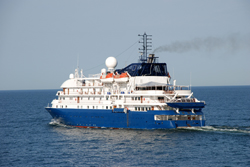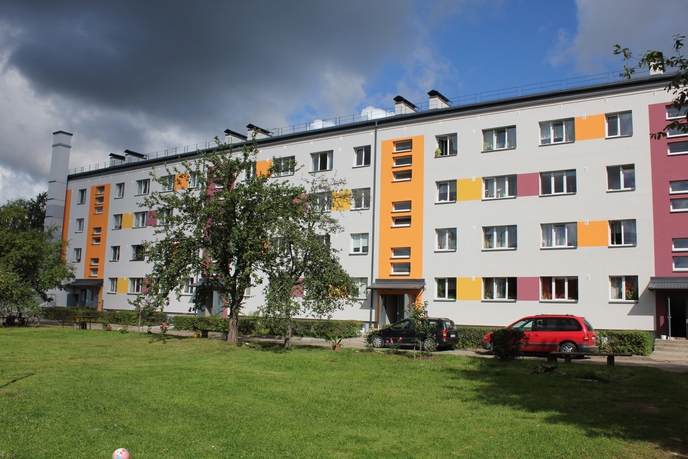Reducing pollutants from ship exhausts
Ships use a type of low-cost diesel that is high in sulphur and other pollutants. In 2010, the International Maritime Organisation put into place strict regulations on ship emissions to limit this major source of air pollution. The EU-funded DEECON (Innovative after-treatment system for marine diesel engine emission control) project set out to build a modular exhaust scrubbing unit to remove pollutants from diesel exhaust. Work started with a full analysis of ship engines to determine system requirements. The device's sub-units, namely the 'Electrostatic seawater scrubber' (ESWS), a plasma reactor, a catalytic reactor and a washwater treatment unit, were developed and tested primarily on gaseous pollutants. Trials show that the ESWS can remove up to 93 % of particulate matter and reduce sulphur dioxide by about 70 %. Similarly, the plasma reactor prototype that uses microwaves as an energy source could scrub up to 90 % of gaseous pollutants and reduce nitric oxide by nearly 100 %. Following testing, all sub-units were assembled to form the prototype DEECON exhaust scrubbing system. A demonstration at Gdynia Maritime University in Poland was then conducted to treat the exhaust of a marine diesel engine. Results show that the system uses up much less power and water than existing systems. Thanks to DEECON, commercial fleets will ultimately be retrofitted with an innovative solution that sufficiently removes all gaseous pollutants from their exhausts. This will pave the way for eco-friendly ships that lessen air pollution and do much less harm to coastal communities and marine life.
Keywords
Pollutants, marine diesel engine, emission control, diesel exhaust, exhaust scrubbing system







